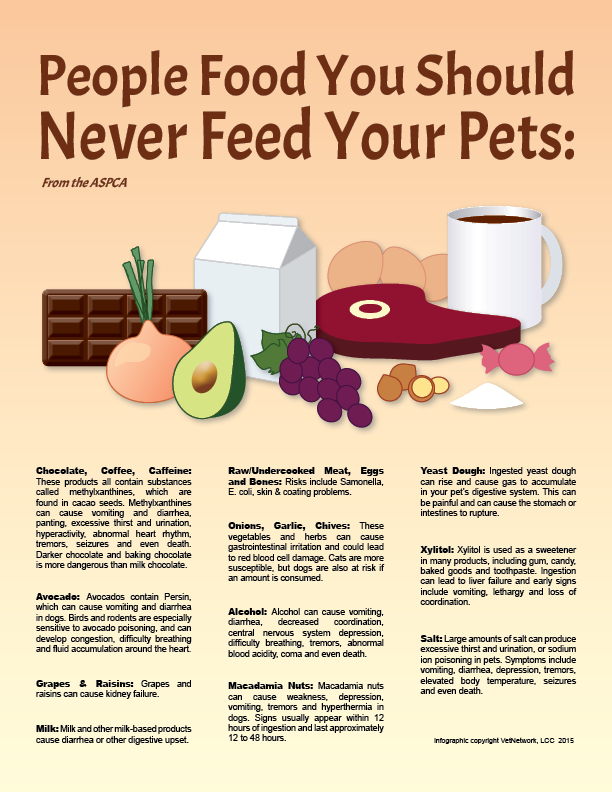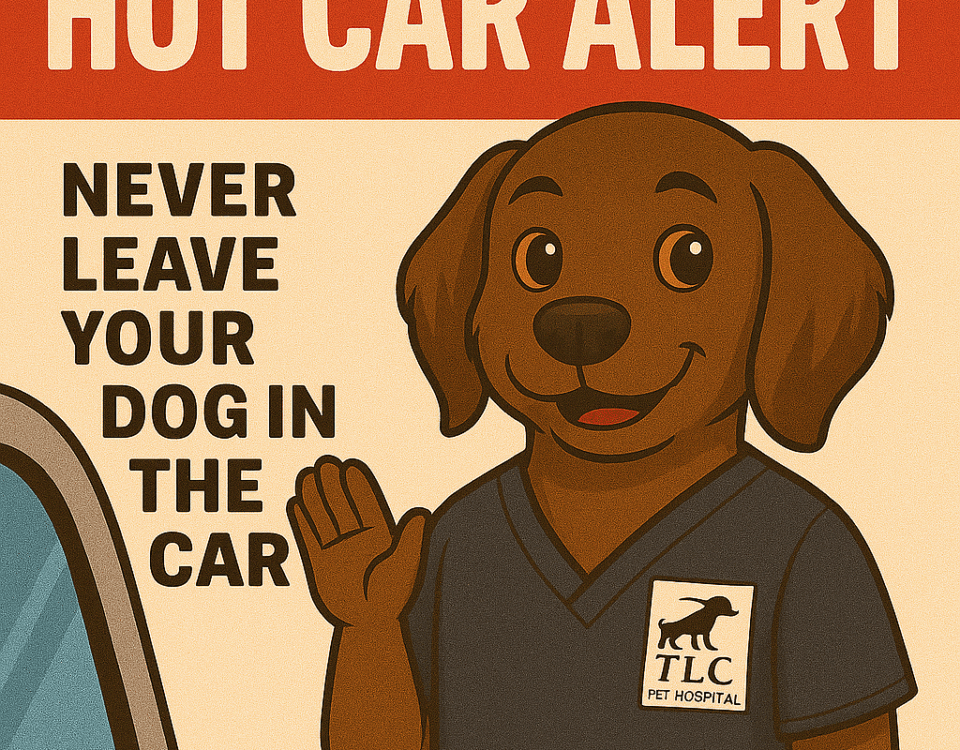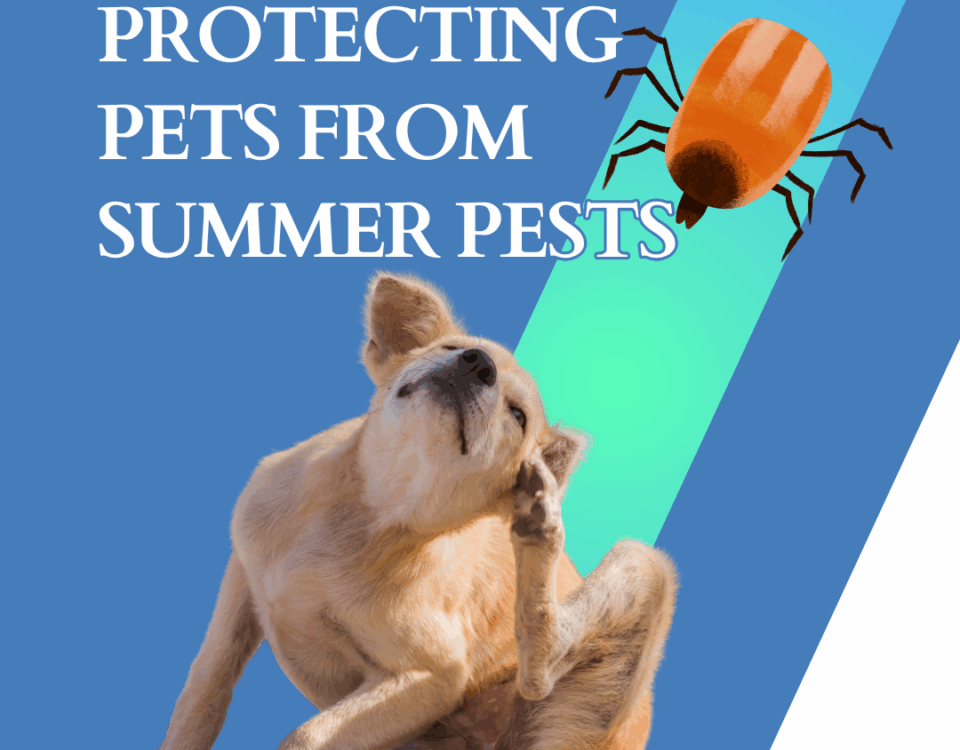Vaccinating Senior Pets
February 25, 2014Pet Health Checklist
March 7, 2014CANINE OSTEOARTHRITIS
What is it?
Osteoarthritis (OA) is a degenerative condition affecting the
cartilage, bone, and surrounding soft tissues of a joint. In
people, it is commonly associated with “wear and tear” as we
age and can result in a painful or stiff joint. In dogs, OA is most
commonly associated with an injury such as a cranial cruciate
ligament rupture, or secondary to abnormal development such
as Canine Hip Dysplasia (CHD). Normal cartilage is smooth and
wear resistant, allowing nearly frictionless movement. Once
damage occurs, the surface will become roughened and worn
down, leading to joint pain and inflammation. Surrounding
muscle often can become atrophied and thickened scar tissue
can form around the joint.
How is it Diagnosed?
The most common signs of OA include stiffness, limping, inability
to rise, reluctance to jump or climb stairs, favoring a limb, and
obvious pain. Diagnosis is typically confirmed with an X- ray,
however, in some cases additional tests such as bloodwork and
joint fluid analysis or joint tap may be required to determine the
underlying cause.
TREATMENT
While arthritis cannot be cured, there are three main components
to medical management that aim to slow its progression and
relieve pain:
Dietary Changes and Weight Control
1) Weight Control
Studies have shown that overweight pets are more likely to
develop OA than pets that are an optimal Body Condition Score
(BCS). Additionally, overweight pets will show more symptoms
such as limping and pain than pets that are maintained at an
optimal BCS. In surgical patients, we see that overweight pets
have a slower recovery and more difficult time with healing
and rehabilitation. Achieving an optimal BCS (4.0/9) involves
feeding your pet the appropriate number of calories for its target
body weight. Many “lite” or “weight control” commercial diets
are available on the market, and healthy treats, such as baby
carrots, are a great alternative to high-calorie dog biscuits. We
will provide further information on body condition scores and
appropriate caloric intake calculations that are customized to
your pet’s needs. In some cases, we may recommend labwork
to evaluate the possibility of metabolic disease that may affect
weight or recommend consultation with a nutrition specialist.
2) Joint Specific Diets
Joint Specific Diets, such as Hill’s Science Diet J/D and Purina
Joint Mobility contain a specific balance and content of short
chain fatty acids (Omega-3/ Eicosapentaenoic Acid). Studies
have shown Omega-3 fatty acids to be preferentially incorporated
into the membranes of joint cells and result in less production of
inflammatory mediators associated with arthritis.
Activity Modification
Daily low impact exercise improves joint mobility, aids in weight
control, and strengthens the muscles that support joints. Similar
to people with OA, high impact activities will result in a “flare-
up” ofdiscomfort that may last for a few days. Consider a person
with OA of the knee; a high impact activity such as road running
or playing basketball will likely result in some soreness or
stiffness for a few days. Obviously, it is not practical to attempt
to eliminate this type of activity in our pets but an attempt should
be made to tip the balance of their activity toward the low impact
activities. Leash walking and swimming are excellent activities
for arthritic pets. As their body condition, muscle strength, and
range of motion improve they will develop less inflammation
with intense exercise and more high impact activities can be
added. Formal evaluation with a physical therapist can aid in
the improvement of function by increasing muscle strength and
joint range of motion.
Medications and Supplements
1) Non-Steroidal Anti-Inflammatory (NSAIDS)
Medications specifically designed for safety and efficacy in dogs
can decrease inflammation associated with OA, thus relieving
pain and increasing mobility. These are generally safe for chronic
use and can be given on an “as needed” basis. As in people, the
most common side effects are very individual and most commonly
include gastrointestinal upset. Administration should be under
the supervision of your veterinarian and your pet should be
monitored for vomiting, diarrhea, or dark, tarry stool. Discontinue
use and contact your veterinarian immediately should these
occur. In animals with pre-existing liver or kidney disease, more
severe side effects may occur so labwork should be performed
prior to initiation of therapy and periodically while your pet is
being treated. Adverse cardiovascular effects that are seen with
some of these medications in people are typically associated with
pre-existing conditions, such as arterial plaque deposits, which
make this much less of a concern in our pets.
2) Glucosamine and Chondroitin Sulfate Supplements
These supplements are referred to as Nutraceuticals or Chondro
(cartilage) – protective agents. These compounds are distributed
to all joints in the body after oral or injectable administration
and may have the ability to modify the disease process of OA by
decreasing inflammatory mediators, stimulating cartilage matrix
production, and improvement of joint fluid viscosity. In general,
the oral compounds are safe for daily use and may be given in
conjunction with common veterinary NSAIDS.
3) Other Medications
– Tramadol, Amantidine and Gabapentin
These medications are typically not used by themselves for
treatment of OA but may used in conjunction with an NSAID in
more severe cases. They are usually reserved as a second or
third line medication.
4) Steroids/ Steroid Injections
Commonly used in treatment of OA in people and horses. Steroids
may have an early beneficial response as an anti- inflammatory
agent but is ultimately responsible for further degrading joint
cartilage. Additionally, severe systemic side effects may occur
in dogs with prolonged exposure to steroids making their use in
the treatment of OA in small animals difficult to justify.
5) Other Tips
n Gentle massage and cold or warm compresses can decrease
swelling and soothe joint pain.
n Too little exercise, for example only on weekends,
can cause more harm than good.
n Always provide your pet with a warm, well-padded
place to rest.



